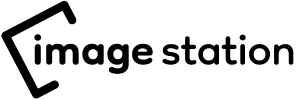Web scraping is the process of extracting data from websites by using automated tools or scripts.
It allows users to gather data from various sources quickly, which can then be analyzed and used for various purposes. Instagram scraping refers to the process of extracting data from Instagram using automated tools or scripts.
Instagram scraping has become increasingly popular in recent years as more businesses and marketers recognize the importance of social media data.
For instance, businesses can use Instagram scraping to monitor their competitors’ activities, track brand mentions, and analyze customer feedback.
Researchers can also use Instagram scraping to study social media trends and public opinion on various issues.
Contents
- Legality and Ethics of Instagram Scraping
- Tools for Scraping Instagram
- Understanding Instagram’s API
- Techniques for Scraping Instagram Data
- Handling Instagram’s Anti-Scraping Measures
- How to Handle Instagram’s Anti-Scraping Measures?
- Analyzing and Visualizing Scraped Instagram Data
- Tools for Visualizing Instagram Data
- Techniques for Visualizing Instagram Data
- Conclusion: How To Scrape Instagram?
Legality and Ethics of Instagram Scraping
Before we dive into the details of Instagram scraping, it’s essential to understand the legality and ethics of web scraping.
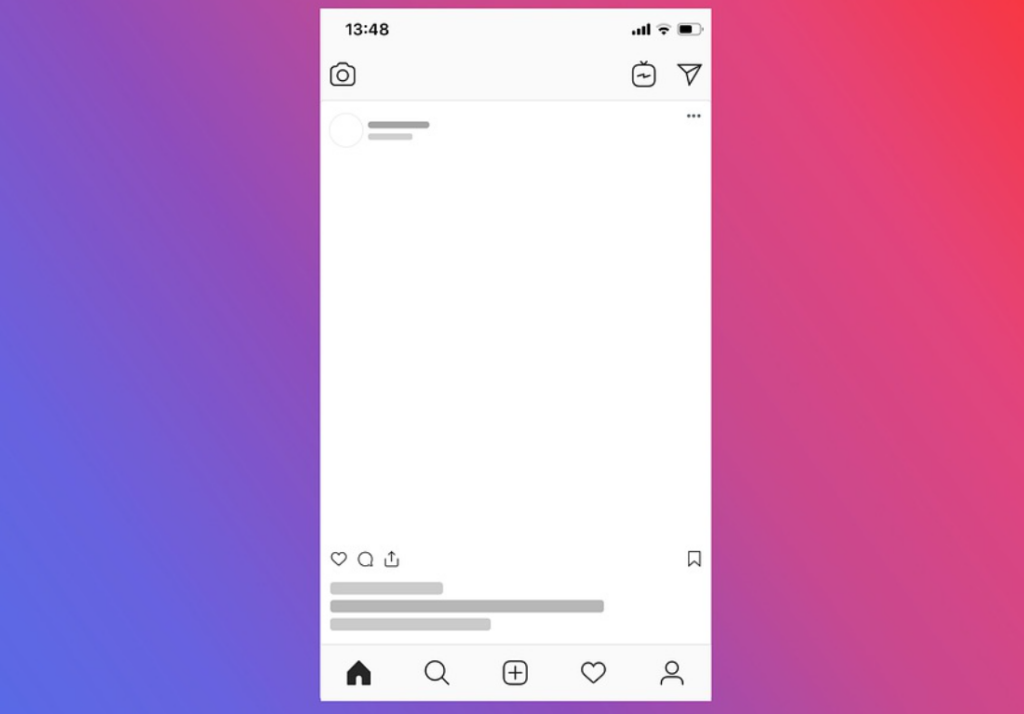
P.C: PIXABAY
Instagram’s terms of service state that automated scraping of their platform are strictly prohibited, and they can take legal action against any user that violates this policy. However, Instagram’s terms of service do not explicitly prohibit the manual scraping of public data.
Therefore, if you plan to scrape Instagram data, it’s crucial to be aware of the ethical implications and legal risks involved. It’s best to consult with a legal expert before scraping Instagram data.
Tools for Scraping Instagram
There are various tools available for scraping Instagram data, ranging from free options to paid tools. Some of the popular tools for Instagram scraping include Instagram Scraper, Octoparse, WebHarvy, and Scrapy.
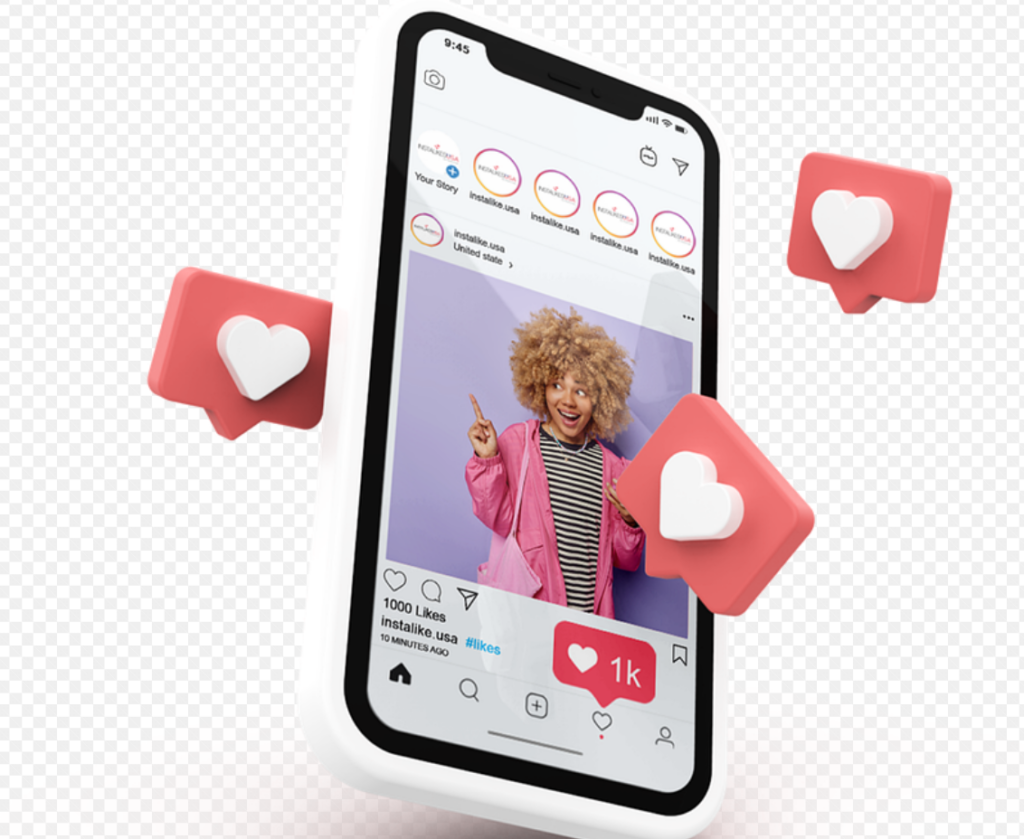
P.C: PIXABAY
Instagram Scraper is a free and open-source tool that allows users to scrape data from Instagram profiles, hashtags, and locations.
Octoparse is another popular web scraping tool that supports data extraction from Instagram profiles, pages, and posts.
WebHarvy is a visual web scraper that allows users to extract data from Instagram and other social media platforms quickly.
Scrapy is an open-source and powerful web scraping framework that can be used to extract data from various websites, including Instagram.
The choice of tool depends on the user’s requirements, level of technical expertise, and budget. Each tool has its unique features, advantages, and limitations.
Understanding Instagram’s API
Instagram also offers an API (Application Programming Interface) that allows developers to access public data from the platform. The Instagram API provides a more structured and straightforward way of accessing data, but it also has its limitations.
For instance, the API only allows access to a limited amount of data, and it requires authentication and approval from Instagram.
The advantage of using the API is that it’s less likely to trigger Instagram’s anti-scraping measures, and it provides a more reliable and consistent way of accessing data.
However, the API has several restrictions, such as limitations on the number of API calls per hour and per day.
Techniques for Scraping Instagram Data
There are several techniques for scraping Instagram data, including hashtag scraping, location scraping, and user profile scraping.
1. Hashtag Scraping:
Hashtag scraping involves extracting data from Instagram posts that contain a specific hashtag. To scrape Instagram data using hashtags, users can use Instagram Scraper, Octoparse, or Scrapy.
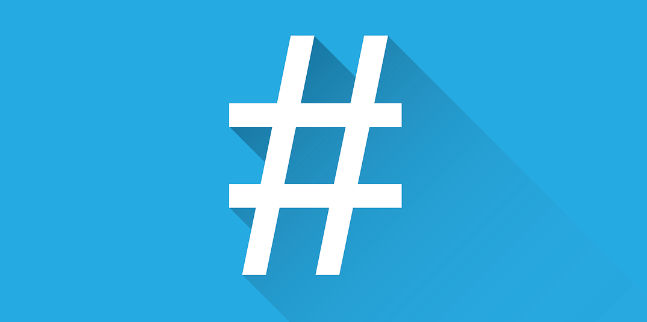
P.C: PIXABAY
Users can enter the hashtag they want to scrape and specify the date range, post type, and other parameters.
2. Location Scraping:
Location scraping involves extracting data from Instagram posts that are geotagged to a specific location. To scrape Instagram data using location, users can use Instagram Scraper, Octoparse, or Scrapy.
Users can enter the location they want to scrape and specify the radius, date range, and other parameters.
3. User Profile Scraping:
User profile scraping involves extracting data from Instagram profiles, including usernames, bios, followers, following, and posts. To scrape Instagram data using user profiles, users can use Instagram Scraper, Octoparse, or Scrapy.
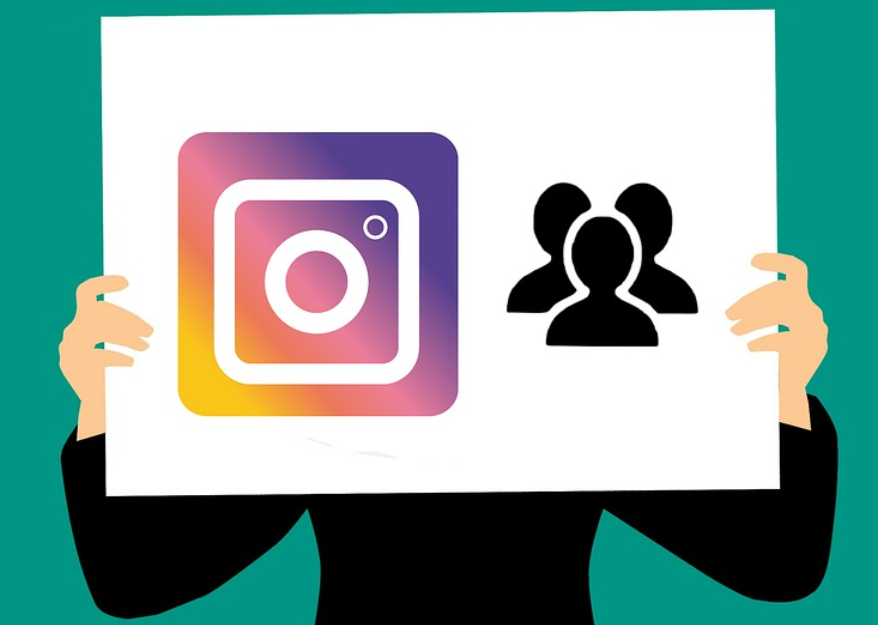
P.C: PIXABAY
Users can enter the username they want to scrape and specify the data fields they want to extract.
Handling Instagram’s Anti-Scraping Measures
What are Instagram’s Anti-Scraping Measures?
Instagram’s anti-scraping measures are designed to prevent unauthorized access and abuse of its platform. These measures include rate limiting, IP blocking, and CAPTCHA verification.
- Rate Limiting:
Instagram’s API has a rate limit that limits the number of API requests that can be made in a given period. If the rate limit is exceeded, Instagram may block the IP address making the requests, which can prevent further access to the platform.
- IP Blocking:
Instagram can also block IP addresses that make excessive or suspicious requests to their platform. IP blocking prevents the scraping tool from accessing Instagram data from that IP address.
- CAPTCHA Verification:
Instagram may also implement CAPTCHA verification to prevent automated access to their platform. CAPTCHA verification requires users to prove they are human by solving a puzzle or entering a code.
How to Handle Instagram’s Anti-Scraping Measures?
To avoid being detected and blocked while scraping Instagram data, users can take several steps –
1. Use a Proxy Server:
A proxy server acts as an intermediary between the scraping tool and Instagram, allowing the user to access Instagram data from a different IP address. This can help avoid IP blocking and minimize the risk of detection.
2. Rotate IP Addresses:
Users can also rotate IP addresses to avoid triggering Instagram’s anti-scraping measures. By using a different IP address for each request, users can avoid making too many requests from the same IP address.
3. Limit Requests per Hour:
Users can also limit the number of requests per hour to avoid exceeding Instagram’s rate limit. By spreading requests over a more extended period, users can reduce the risk of being blocked.
4. Use Delay and Randomization:
Users can also use a delay and randomization between requests to avoid triggering Instagram’s anti-scraping measures. By introducing a delay between requests and randomizing the timing, users can make the scraping process appear more natural and avoid patterns that might trigger detection.
5. Use Headless Browsers:
Headless browsers are web browsers without a graphical user interface, which can be used to automate web scraping. By using headless browsers, users can mimic human behavior by simulating user interactions such as scrolling and clicking.
Analyzing and Visualizing Scraped Instagram Data
Techniques for Analyzing Instagram Data
- Sentiment Analysis:
Sentiment analysis involves analyzing the emotional tone of social media posts. It can help businesses to understand customer sentiment and identify areas of concern or opportunity.
Sentiment analysis can be performed manually or by using automated tools that use machine learning algorithms to identify sentiment.
- Text Analytics:
Text analytics involves analyzing the text content of social media posts. It can help businesses to identify patterns and trends in customer feedback and understand customer preferences.
Text analytics can be performed manually or by using automated tools that use natural language processing (NLP) algorithms to analyze text.
- Network Analysis:
Network analysis involves analyzing the relationships between Instagram users. It can help businesses to identify key influencers, understand customer communities, and develop targeted marketing strategies.
Network analysis can be performed by using specialized tools that visualize the relationships between Instagram users.
Tools for Visualizing Instagram Data
Excel is a popular spreadsheet software that can be used to analyze and visualize scraped Instagram data. Users can perform calculations, create charts and graphs, and manipulate data to gain insights into Instagram trends and patterns.
Tableau is a data visualization software that can be used to create interactive dashboards and visualizations from scraped Instagram data.
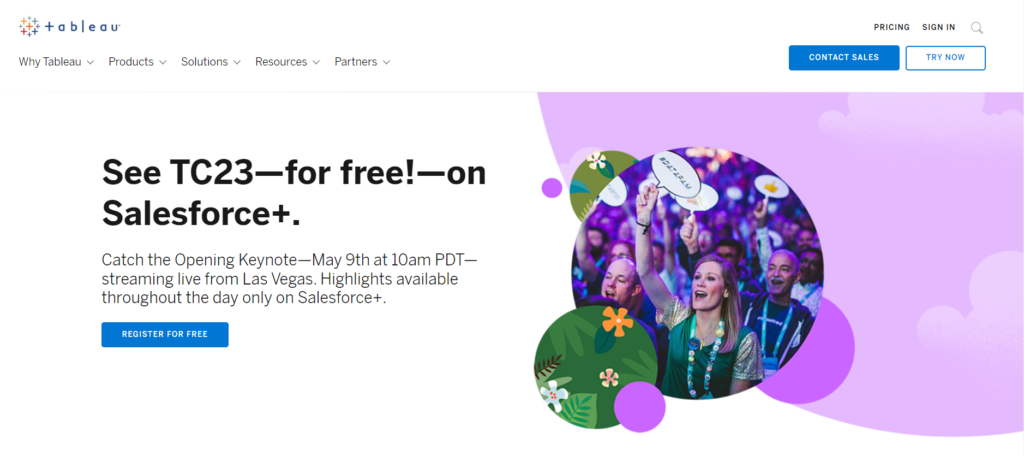
Users can create charts, maps, and graphs that allow them to explore Instagram data in new and insightful ways.
Power BI is a business analytics software that can be used to create interactive reports and visualizations from scraped Instagram data.

Users can create custom dashboards, reports, and charts that provide insights into Instagram trends and patterns.
- Python Data Analysis Libraries:
Python data analysis libraries, such as Pandas, matplotlib, and Seaborn, can be used to analyze and visualize scraped Instagram data. These libraries provide tools for data manipulation, visualization, and statistical analysis.
Techniques for Visualizing Instagram Data
1. Word Clouds:
Word clouds are visual representations of text data that show the most commonly used words in a dataset. Word clouds can help businesses to identify common themes and topics in Instagram posts.
2. Heat Maps:
Heat maps are visual representations of data that use color to indicate the intensity of values. Heat maps can be used to visualize Instagram data by location, time, or other parameters.
3. Graphs and Charts:
Graphs and charts are common techniques for visualizing Instagram data. Bar charts, line graphs, and pie charts can be used to show trends and patterns in Instagram data.
Quick Links:
- How to spot fake Instagram followers?
- Amazon Data Scraper: The Top Sites for Extracting Amazon Data
- Bright Data Scraping Browser Review
- 4 Best Instagram Story Saver Apps
Conclusion: How To Scrape Instagram?
Instagram scraping is a powerful tool that can provide valuable insights and data for businesses, researchers, and marketers.
However, it’s important to be aware of the legal and ethical considerations involved and to use the appropriate tools and techniques for scraping Instagram data.
With the right approach, Instagram scraping can be a useful and effective way of gathering insights and data from social media.
